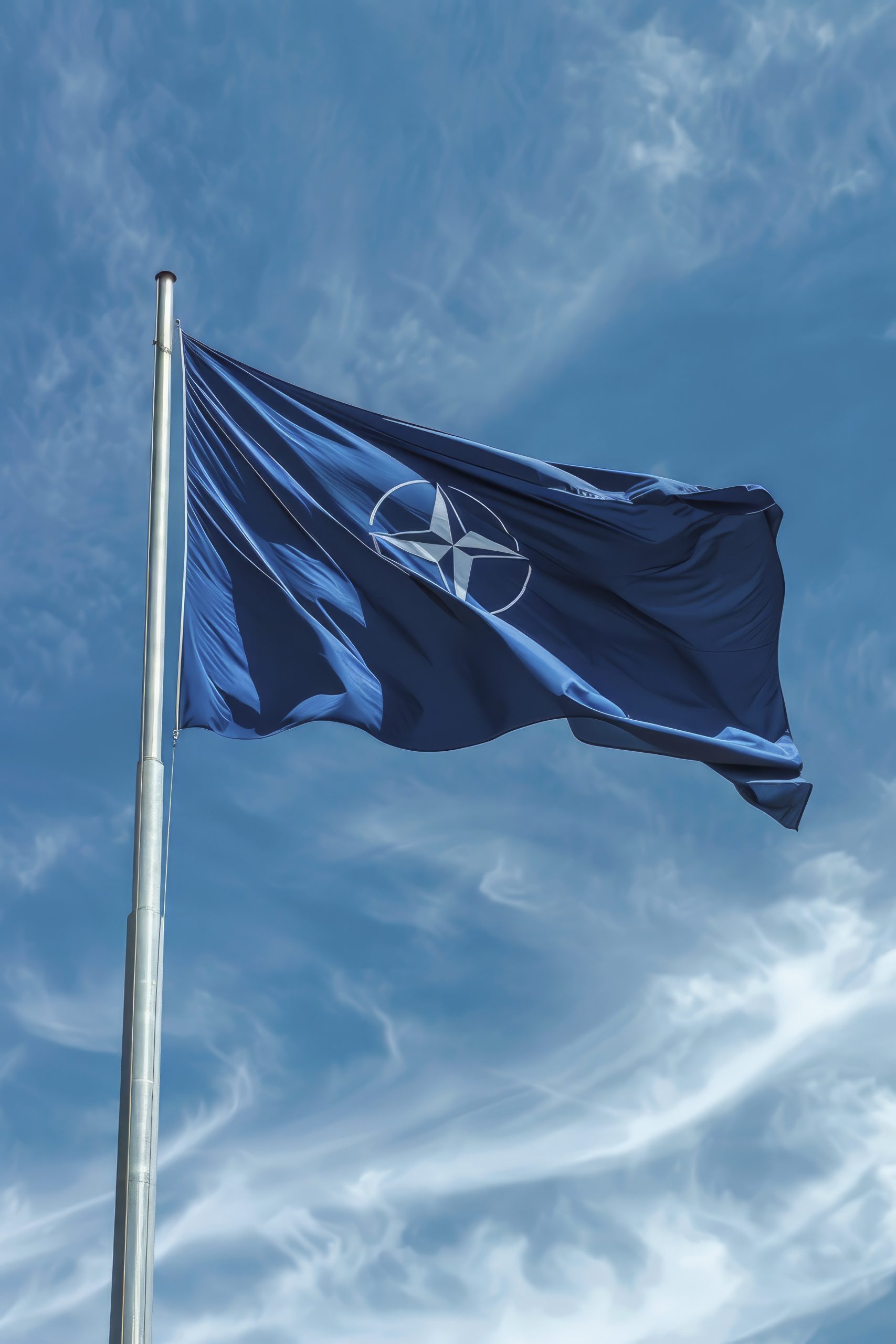The NATO Washington Summit in July 2024 demonstrated unity on important issues like the support for Ukraine, the strengthening of the Alliance’s deterrence and defence posture, the Russian threat and the challenges posed by China. Yet, on the road to the next NATO Summit in June 2025 in The Hague many obstacles could appear, quickly turning the positive tone into a dissonance. As the United States is the most important Ally and its commitment to the security of Europe is regarded as a key factor of NATO’s credibility in collective defence, the outcome of the US presidential elections on 5 November 2024 will have a great impact on the future of the Alliance.
As the consequences resulting from the US presidential elections on the Alliance and on European security may be very different, it is hard to draw a clear conclusion before 5 November or even early 2025 when the new President will enter the White House. Depicting a set of possible scenarios might help to gain more insight on the impact of the 2024 US elections, depending on who will occupy the Oval Office and which security policy may be pursued by Washington. A scenario analysis may also assist Allies in their preparations to react to the outcome of US elections and, therefore, in NATO’s agenda-setting for the next Summit in The Hague in June 2025.
- Scenario 1 – Better burden-sharing
- Scenario 2 – Transactional security
- Scenario 3 – Partial US disengagement
- Scenario 4 – US leaving NATO
About the authors:
Dick Zandee is Senior Research Fellow and Head of the Security Unit of the Research department of the Clingendael Institute.
Roman de Baedts is a Researcher at the Clingendael Security Unit, primarily working on the Security & Defence Program.


